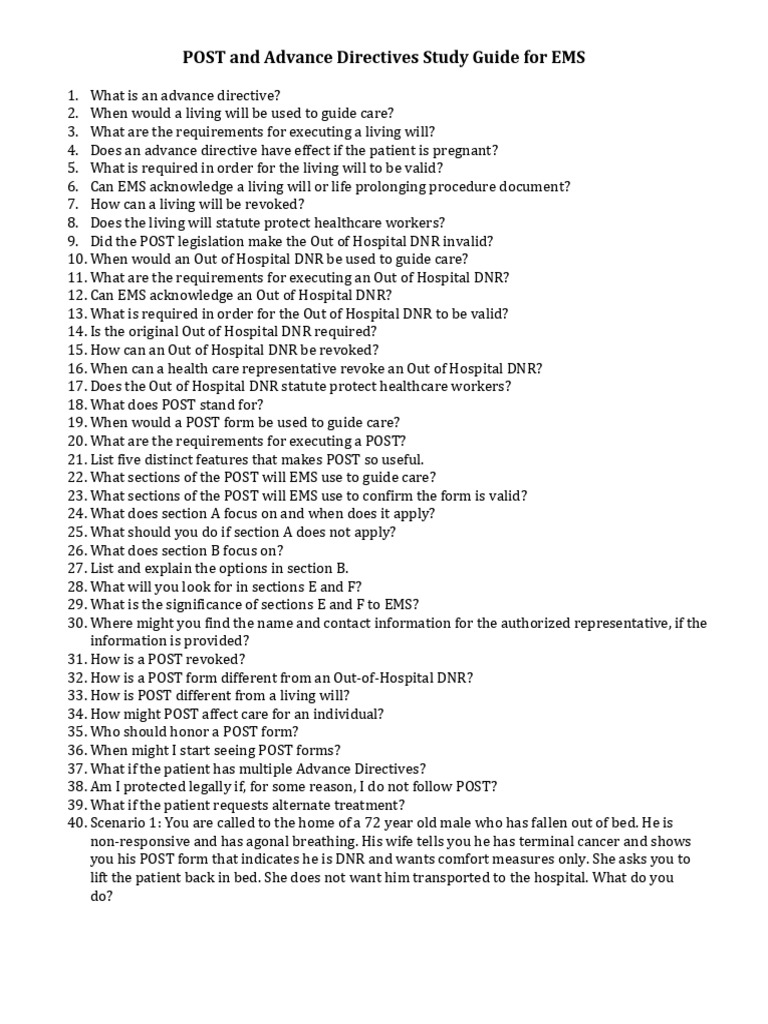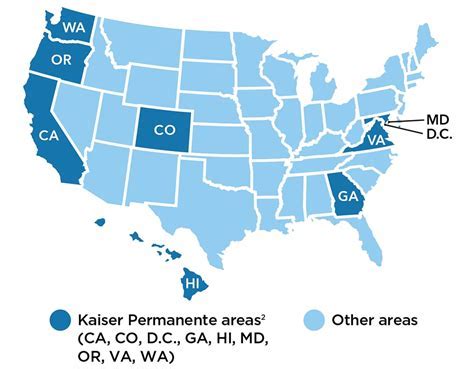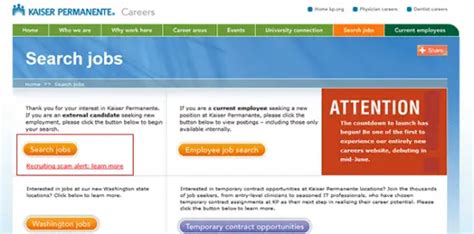In the realm of healthcare, having control over one’s own body and the decisions that affect it is a fundamental right. This is where advanced directives come into play, serving as a crucial tool for individuals to express their wishes regarding medical treatment in the event they become unable to communicate themselves. An advanced directives form is a legal document that outlines a person’s preferences for their healthcare, ensuring that their autonomy is respected even when they cannot speak for themselves.
Understanding Advanced Directives
Advanced directives are more than just a form; they are a way for individuals to take charge of their future healthcare needs. They typically include two main components: a living will and a durable power of attorney for healthcare.
Living Will: This part of the advanced directive specifies the types of medical treatment an individual does or does not want to receive if they become incapacitated. It can cover aspects such as life-sustaining treatments, pain management, and organ donation.
Durable Power of Attorney for Healthcare: This component appoints a healthcare proxy or agent who is authorized to make medical decisions on behalf of the individual if they are unable to do so. The proxy should be someone the individual trusts to carry out their wishes as stated in the living will.
Why Are Advanced Directives Important?
The importance of advanced directives cannot be overstated. They provide a clear guide for healthcare providers and family members, reducing the likelihood of conflict or uncertainty about what the individual would have wanted. By having an advanced directive in place, individuals can:
- Ensure Their Wishes Are Respected: Advanced directives communicate an individual’s preferences clearly, reducing the chance that they will receive unwanted medical treatment.
- Reduce Burden on Family: Making these decisions ahead of time can alleviate the emotional burden on loved ones who might otherwise have to make difficult choices without clear guidance.
- Promote Peace of Mind: Knowing that one’s healthcare wishes are documented and will be respected can provide a sense of security and peace of mind for both the individual and their family.
Creating an Advanced Directives Form
While the process of creating an advanced directive can seem daunting, it is more accessible than many realize. Here are the basic steps involved:
Obtain the Form: You can usually find advanced directive forms online through your state’s health department or medical association website. Each state has its own version, so it’s essential to use the form specific to where you live.
Complete the Form: Fill out the form according to the instructions provided. This will involve specifying your healthcare preferences and appointing a healthcare proxy.
Sign the Document: The form must be signed in the presence of witnesses or a notary public, depending on your state’s requirements. This step is crucial as it makes the document legally binding.
Distribute Copies: Give copies of your advanced directive to your healthcare provider, the person you’ve appointed as your healthcare proxy, and any other relevant parties. It’s also a good idea to keep a copy for yourself.
Review and Update: As circumstances change, such as a move to a different state or a change in your healthcare preferences, review and update your advanced directive as necessary.
Conclusion
An advanced directives form is a powerful tool that allows individuals to maintain control over their healthcare decisions, even in situations where they cannot communicate. By understanding what advanced directives are, why they are important, and how to create them, individuals can ensure that their wishes are respected and that their loved ones are not left with the burden of making difficult healthcare decisions without guidance. Taking the time to complete an advanced directive is a proactive step towards securing one’s autonomy and peace of mind, emphasizing the importance of being prepared for the future.
What is the primary purpose of an advanced directive?
+The primary purpose of an advanced directive is to ensure that an individual’s healthcare wishes are respected if they become unable to communicate for themselves.
Do advanced directives need to be updated regularly?
+Yes, it’s advisable to review and update your advanced directive every few years or as your personal circumstances change, such as moving to a different state or changing your healthcare preferences.
Can I change my mind after completing an advanced directive?
+Yes, you can change your mind and update your advanced directive at any time. It’s essential to communicate these changes to your healthcare provider and the person appointed as your healthcare proxy.



